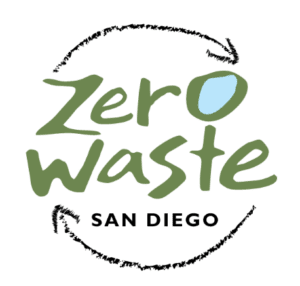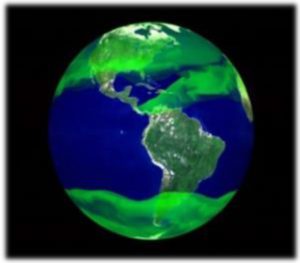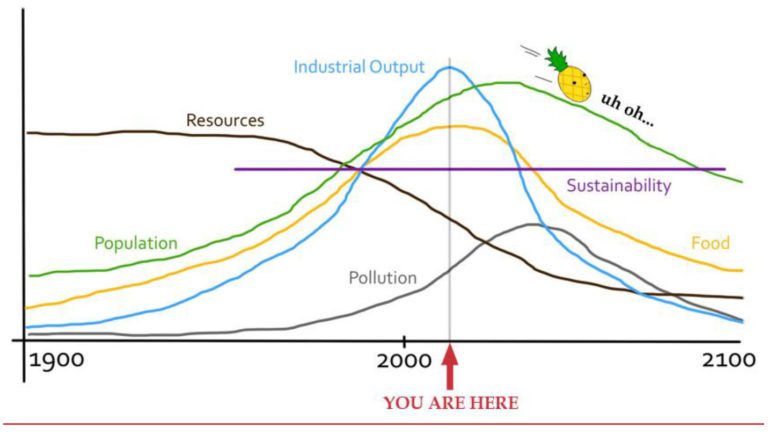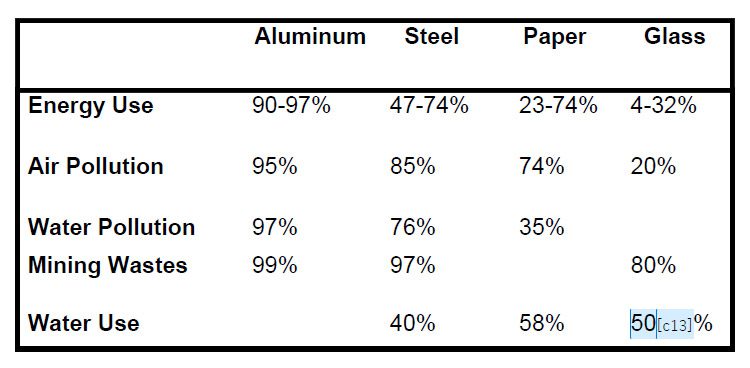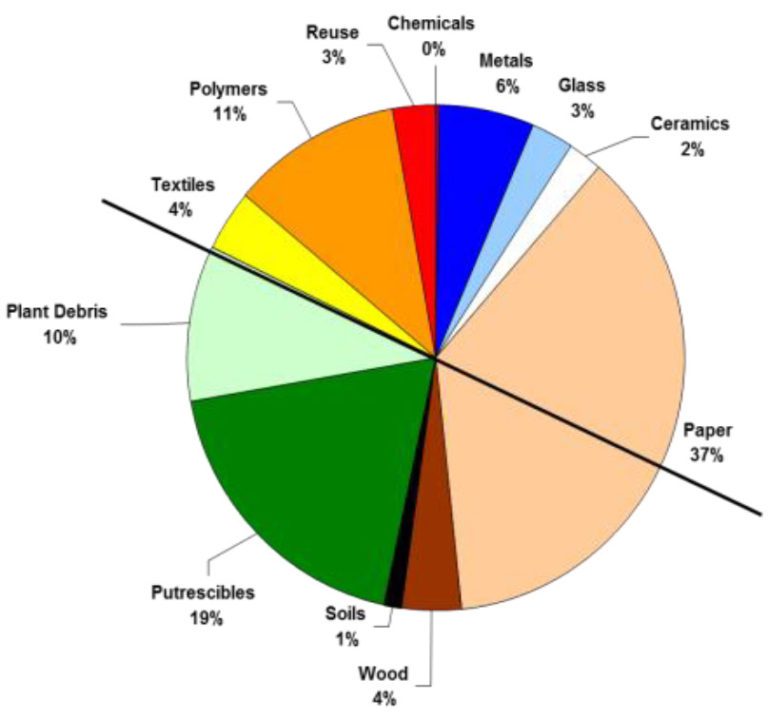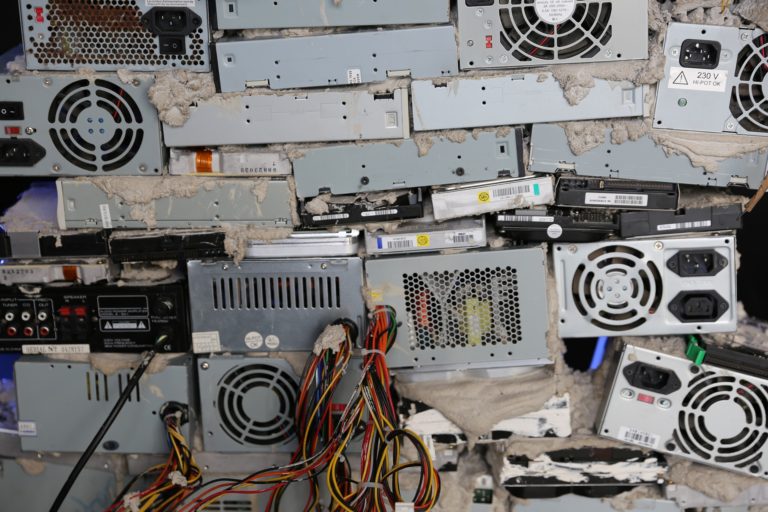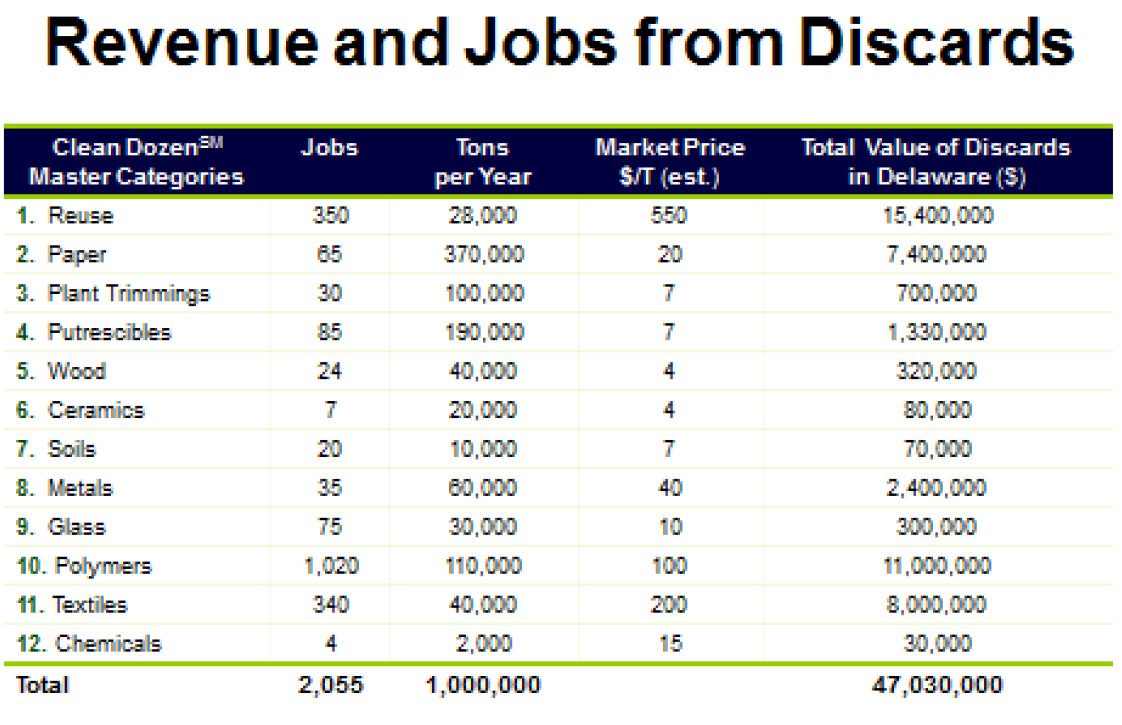The Genesis of the Zero Waste
The genesis of the Zero Waste movement comes from the realization that discarded materials are resources. These resources have been manufactured from a raw state with energy and labor. In the cases of metal and oil they are irreplaceable. The value of that energy and labor is still in the commodity, even after the user has discarded it.
A zero waste system is a resource management system. The process of wasting resources is against nature. In a zero waste system everything has a place before, during and after use. There is no away. In the best-designed system, the dismantling or demanufacturing would be designed into the product. The system of extraction, manufacturing, use, and disposal to incinerators or landfill will be replaced with systems that capture the material and recycle them into a closed loop system of reuse, repair, recycle/compost and redesign. Raw materials will be used as reserves.
This is called the “closed circle economy” and the analysis is called a “Cradle to Cradle” design. The recognition that, disposal by burning and landfill will leave a legacy of depletion and pollution for our children; will provide the basis for new analysis and new rules. These new rules will recognize the futures
Definition of Zero Waste
Toward the development of these new rules The Zero Waste International Alliance (www.zwia.org[c2]) have peer reviewed and approved of the following definition of Zero Waste.
“Zero Waste is a goal that is ethical, economical, efficient, and visionary, to guide people in changing their lifestyles and practices to emulate sustainable natural cycles, where all discarded materials are designed to become resources for others to use. “
“Zero Waste means designing and managing products and processes to systematically avoid and eliminate the volume and toxicity of waste and materials, conserve and recover all resources, and not burn or bury them. “
“Implementing Zero Waste will eliminate all discharges to land, water or air that are a threat to planetary, human, animal or plant health.”
